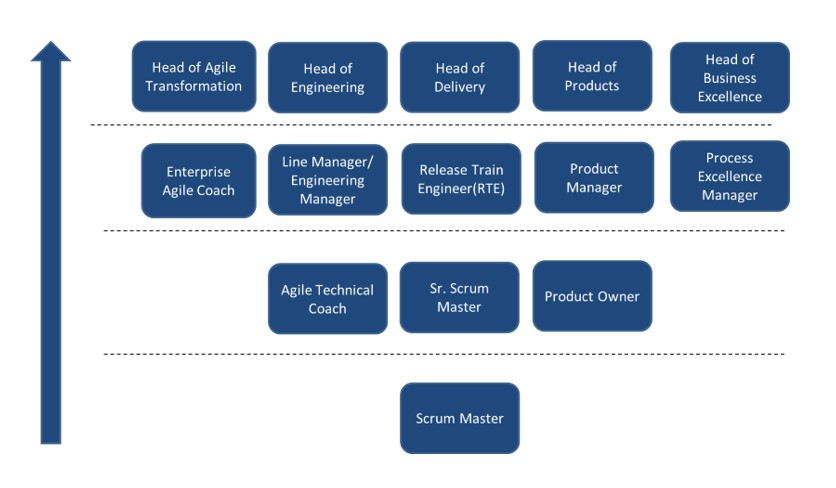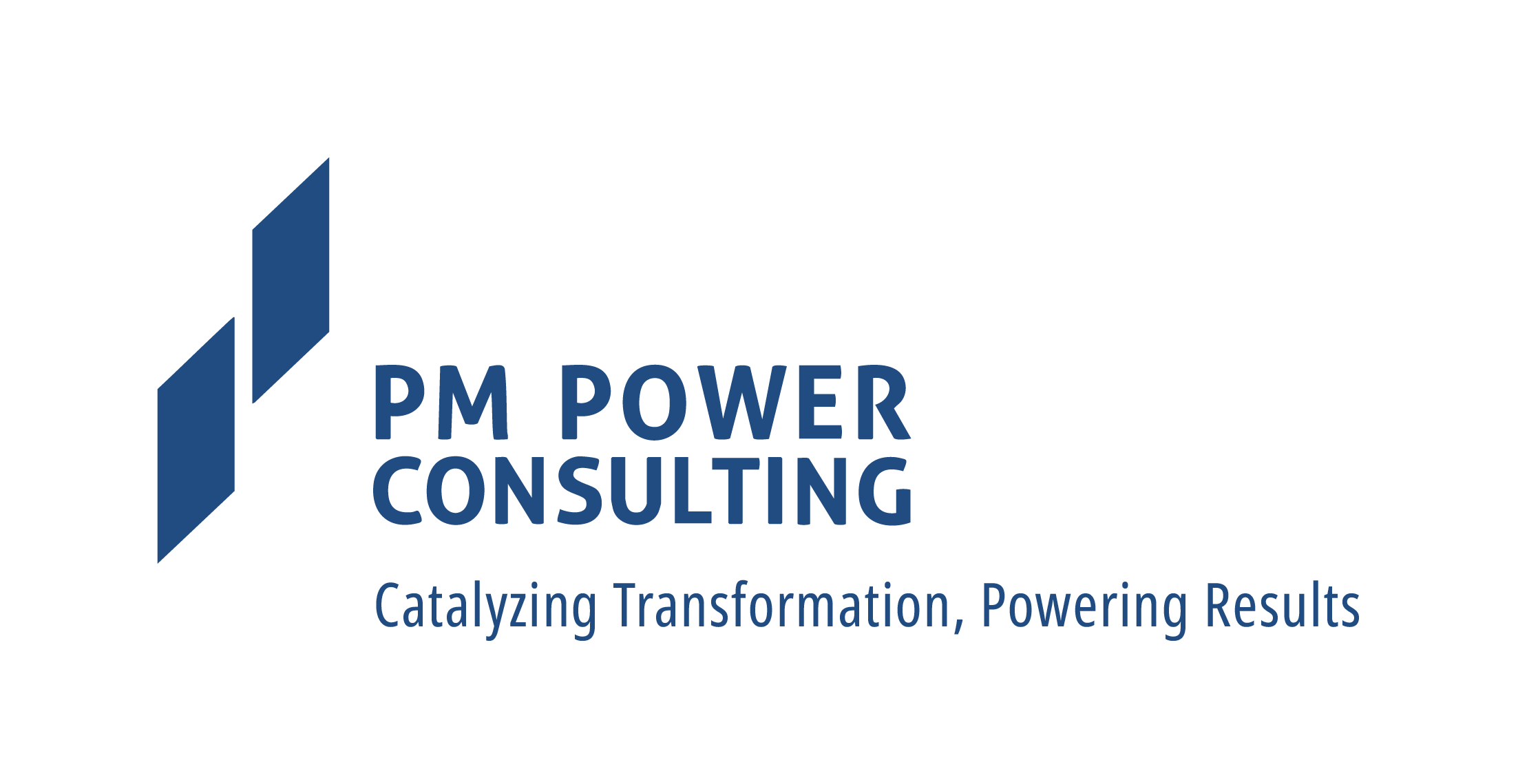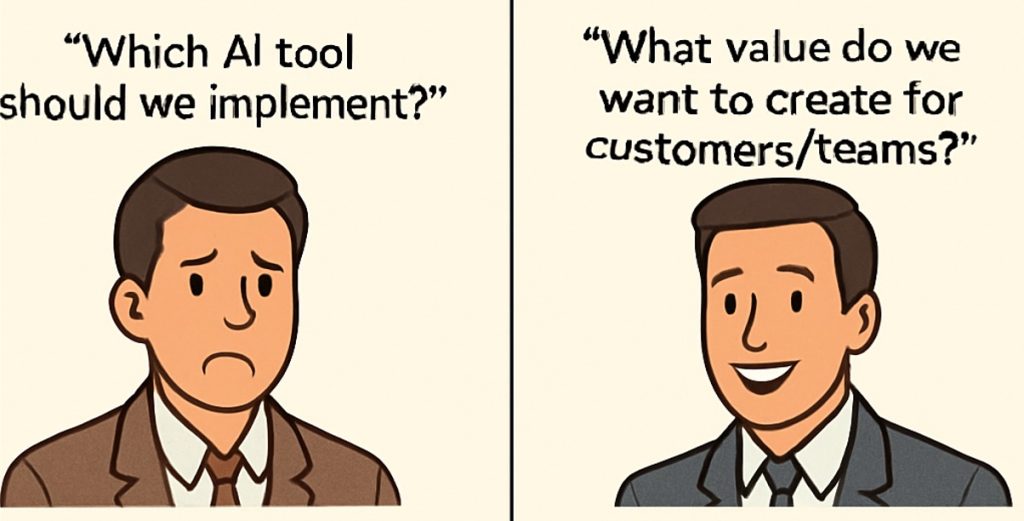In recent times, I’ve received numerous inquiries from Scrum Masters about potential career paths. This concern is highly relevant given the current uncertainties surrounding agile roles, with some companies even reducing the number of dedicated agile positions. Many organizations are now prioritizing roles that contribute directly to product development or business operations, moving away from hiring roles focused solely on coaching. It has become standard for facilitation and coaching skills to be expected across various roles.
Adapting to Changing Times
So, how can you navigate your career in these uncertain times? First, don’t panic. Organizations still need professionals with agile skills, but these skills need to be complemented with other capabilities. This means being open and flexible to learning adjacent areas to broaden your skill set. As long as you demonstrate a growth mindset and a commitment to continuous learning, there is no need for concern.
Personally, I have recently gone through this phase, acquiring additional skills in engineering process excellence alongside my agile expertise. If you are a Scrum Master or an agile coach, you can do this too. Below are different career paths based on my observations and experiences.
Understanding the Role of a Scrum Master
Before diving into the various career paths, it’s important to understand the core responsibilities and skills of a Scrum Master. A Scrum Master is not just a facilitator; they are a servant leader who helps the team adhere to agile principles and practices. They remove impediments, coach the team in self-organization, and ensure that the team works effectively with other parts of the organization.
Core Skills of a Scrum Master:
- Facilitation: Leading agile ceremonies such as daily stand-ups, sprint planning, reviews, and retrospectives.
- Coaching: Guiding teams in internalising principles and practices of agile and Scrum.
- Impediment Removal: Identifying and removing impediments that hinder the team’s progress.
- Collaboration: Ensuring effective communication and collaboration within the team and with external stakeholders.
- Servant Leadership: Leading by example and supporting the team to become self-sufficient.
Given the broad set of skills above it is clear that Scrum Masters have a strong leadership foundation to build upon as they look to advance their careers.
Career Paths for Scrum Masters

Path 1: From Scrum Master to Enterprise Agile Coach to Head of Agile Transformation
This path is ideal for scrum masters who are passionate about coaching, this path offers opportunities to influence agile practices at an organizational level and beyond. The typical progression includes:
- Scrum Master: Building foundational agile skills and understanding team dynamics.
- Senior Scrum Master: Taking on more complex projects and mentoring junior Scrum Masters.
- Enterprise Agile Coach: Expanding the scope to coach multiple teams or entire organizations, driving large-scale agile transformations.
- Head of Agile Transformation: Leading the agile transformation efforts at an organizational level, setting strategy, and ensuring the successful adoption of agile practices.
This path can eventually lead to roles in executive and life coaching, where the skills gained in agile coaching can be applied to broader personal and professional development contexts.
Path 2: From Scrum Master to Head of Engineering
This path is ideal for Scrum Masters who are technically savvy and enjoy leading technical teams.
- Scrum Master: Focusing on agile practices within a technical team.
- Agile Technical Coach: Providing technical guidance and coaching to development teams, promoting best practices in coding, testing, and continuous integration. They coach team in pair programming, test driven development, agile testing, agile architecture etc.
- Line Manager/Engineering Manager: Leading a team of developers, managing resources, competency development, building high performance team and ensuring quality delivery.
- Head of Engineering: Overseeing the engineering function within the organization, setting technical strategy, drive innovation and leading multiple teams.
This path is well-suited for those who have a strong technical background and a desire to lead technical initiatives.
Path 3: From Scrum Master to Head of Delivery
For those with strong project management skills, this path can lead to significant leadership roles. Despite the absence of a Project Manager role in some agile frameworks like Scrum, real-world multi-disciplinary projects still require skilled program managers. This path includes:
- Scrum Master: Ensuring agile practices are followed within the team.
- Release Train Engineer (RTE) or Program Manager: Coordinating across multiple teams (Software, Hardware, Mechanical), managing dependencies, and ensuring the successful delivery of large-scale projects.
- Head of Delivery: Overseeing the delivery of all projects/programs within the organization, managing resources, budgets, and timelines.
This path is ideal for those who excel in project and program management and enjoy working with multiple stakeholders to achieve project goals.
Path 4: From Scrum Master to Head of Products
If you have a background in product management or domain knowledge and an interest in customer research and user experience, this path may be for you. It typically involves:
- Scrum Master: Facilitating agile practices within a product development team.
- Product Owner: Defining product vision, managing the product backlog, and working closely with the development team to deliver valuable products.
- Product Manager: Taking a more strategic role in defining product strategy, managing the product lifecycle, and ensuring alignment with business goals.
- Head of Products: Leading the product management function, setting product strategy, and overseeing multiple product teams.
This path is ideal for those who are passionate about product development and have a keen interest in understanding customer needs and market trends.
Path 5: From Scrum Master to Head of Process Excellence
This path suits those interested in optimizing processes and ensuring compliance. It involves learning various standards such as Quality Management Systems (ISO 9001), SPICE, CMMi, Information Security, Cyber Security, Regulatory or Safety standards, AI/ML Quality standards, Product Certification standards, Lean, Kaizen, Six-sigma etc. Today many organisations face challenges in bringing agility and compliance together. The typical progression is:
- Scrum Master: Implementing agile practices and ensuring process efficiency within the team.
- Process Excellence Manager: Focusing on process improvement initiatives, ensuring compliance with industry standards, and driving continuous improvement efforts for few engineering projects as well as corporate functions.
- Head of Process Excellence or Business/Operational Excellence: Leading process excellence initiatives at an organizational level including all engineering projects and corporate functions in the organisation, setting process improvement strategy, and ensuring alignment with business objectives.
This path is ideal for those who have a strong interest in process optimization and a desire to drive organizational efficiency and continuous improvement.
Embracing Continuous Learning and Growth
The key to navigating these career paths successfully lies in embracing continuous learning and remaining adaptable. By expanding your skill set and staying open to new opportunities, you can ensure your career thrives even in uncertain times.
Continuous Learning Strategies:
- Seek out training and certification opportunities: Many organizations offer courses and certifications in agile practices, coaching, product management, and process improvement. Pursuing these can help you stay up-to-date with industry trends and enhance your skill set.
- Join professional communities and networks: Engaging with other professionals in your field can provide valuable insights and support. Consider joining agile meetups, attending conferences, and participating in online forums.
- Find a mentor: A mentor within the organisation can provide guidance and advice based on their own experiences, helping you navigate your career path more effectively.
- Stay informed about industry trends: Regularly read industry publications, follow thought leaders on social media, and keep up with the latest research and developments in your field.
Expanding Your Skill Set:
- Technical Skills: For those interested in the technical career path, gaining knowledge in areas such as Architecture, DevOps, cloud computing, agile software engineering practices, AI and Domain knowledge can be beneficial.
- Product Management: Understanding market research, user experience design, and product lifecycle management can help you transition into product-focused roles.
- Process Improvement: Learning about Lean, Kaizen, Six Sigma, and other process improvement methodologies can enhance your ability to drive efficiency and process innovation within your organization.
- Leadership and Coaching: Developing your leadership and coaching skills can prepare you for roles such as Enterprise Agile Coach or Head of Agile Transformation.
Conclusion
The agile landscape is evolving, and so must the professionals within it. Whether you choose to deepen your expertise in agile coaching, transition into technical leadership, or explore process excellence, the opportunities are vast and varied. As a Scrum Master, the opportunities for growth and advancement are vast, provided you are willing to adapt and expand your skill set. By leveraging your agile skills and complementing them with additional expertise, you can position yourself for success and make significant contributions to your organization. Embrace the journey, stay curious, and keep learning – the future is bright for those who are prepared.





